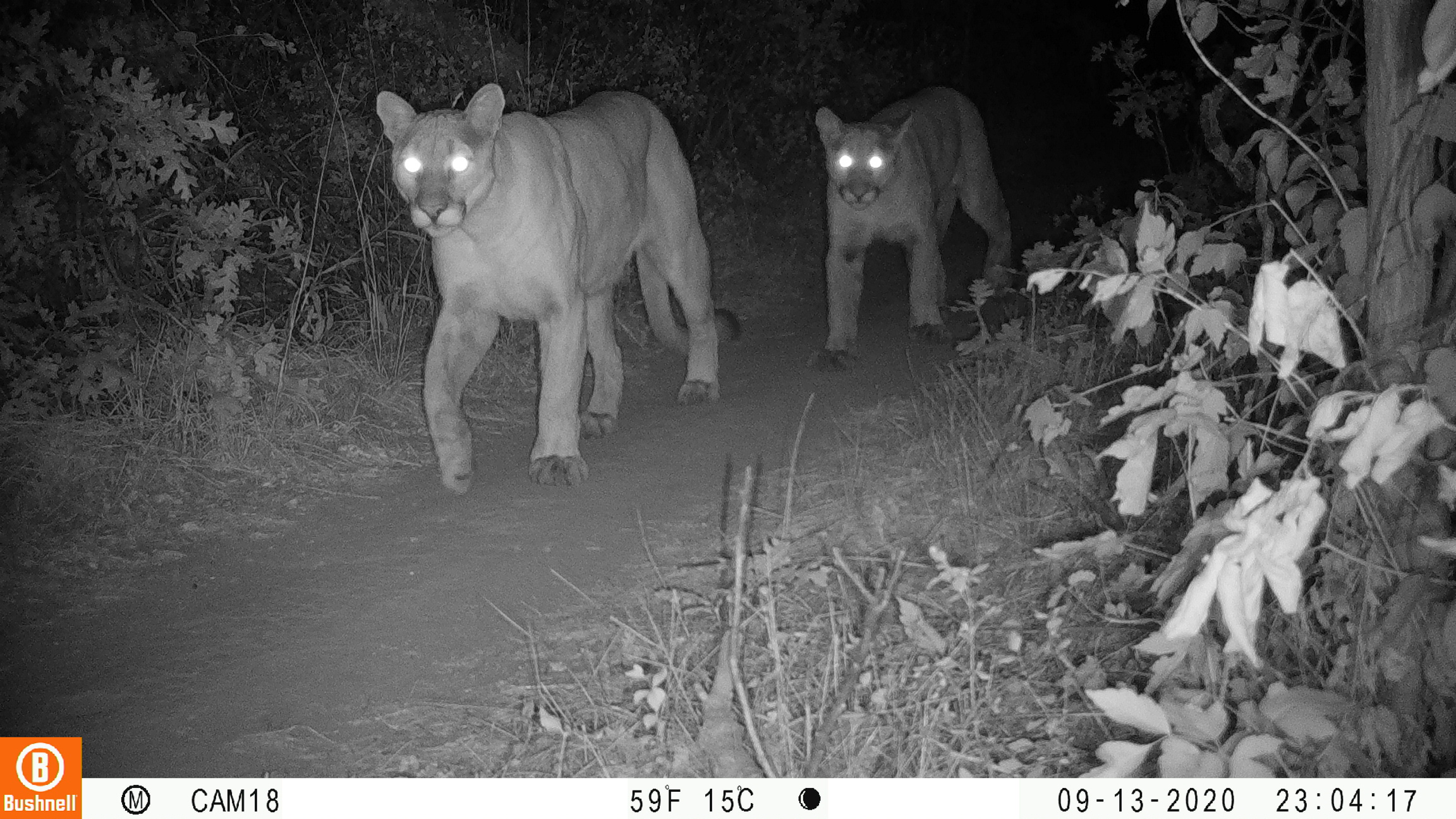Project Background
As more land is converted for human use and people continue to concentrate in suburban and exurban areas, wildlife is under increasing pressure to adapt to new environments. This is especially the case for terrestrial mammals, which are not only forced to navigate these habitat matrices on foot, but also tend to be disproportionately affected by their surrounding environment given their relatively large home range sizes and resource requirements. Continuous urbanization and anthropogenic land transformations are causing extensive changes in both the population sizes of terrestrial mammals and their ecosystem functions as these species respond to new environments in varying ways. Therefore, identifying the drivers of these responses and what makes one species more or less susceptible than another has emerged as a critical challenge and central question for conservation practitioners and wildlife managers. Furthermore, pursuing human-wildlife coexistence within cities by identifying the natural process that promote both wildlife conservation and human health and well-being can drastically improve conservation outcomes. Too often, it is thought that strategies to promote human well-being or wildlife conservation lie in direct odds with one another. However, as projects focusing on human-wildlife coexistence within urban areas continue to grow, we are witnessing a paradigm shift. Considering wildlife conservation during all stages of anthropogenic landscape change, and including community input throughout the process, can drastically improve project outcomes for both wildlife conservation and human health and well-being.
Student Role
Students working on this project will be involved in everything from study design to data analysis. Specifically, students may choose to work with existing data from previous years to pursue a question of their own development, as well as develop a brand new investigation they can see from start to finish. Unique to our particular project, students will be able to spend nearly half of their time in the field, learning how to track and identify wildlife sign, as well as set up advanced remote sensing trail cameras for continuous wildlife monitoring. In addition, instead of numbers on a spreadsheet or measurements in a notebook, our data come in the form of wildlife photographs, where students will learn not only how to identify some of the most charismatic wildlife in North America, but also how to turn a photograph of an animal at a particular place in time into valuable data that can directly affect wildlife conservation and management. Once these data are entered and formatted, students will then have the ability to develop advanced statistical analysis skills, analyzing large-scale datasets on animal movement patterns and behavior. Finally, students will also have the ability to hone their presentation and writing skills by either presenting their work at a scientific conference or symposium or participating in the drafting of a manuscript to be submitted for publication.
Student Learning Outcomes and Benefits
In this research project, we use trail cameras and other remote sensing technologies, in conjunction with advanced geospatial and statistical analyses, to investigate the effects of humans on wildlife behavior and distribution. Therefore, students working on this project will:
- Work both independently and as a team to develop new projects and scientific questions
- Practice study design and fieldwork techniques while exploring areas throughout the Wasatch Mountains, including Red Butte Canyon Research Natural Area
- Perform dataset management and formatting in programs Microsoft Excel and Tableau
- Upload data through a machine learning/artificial intelligence interface, Wildlife Insights
- Conduct statistical and geospatial analysis using programs R and ArcPro
- Perfect presentation skills and data visualization with large-scale datasets

